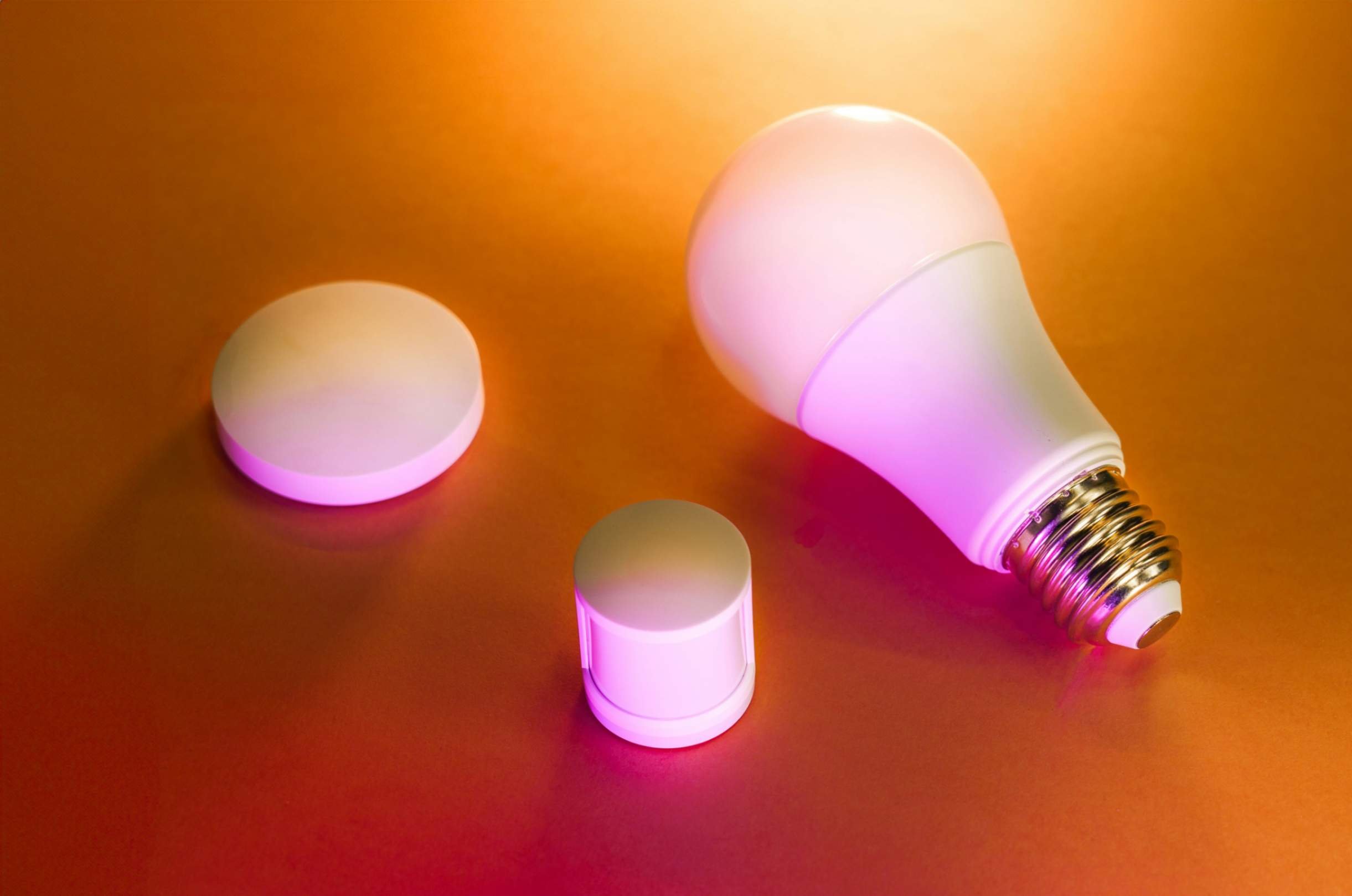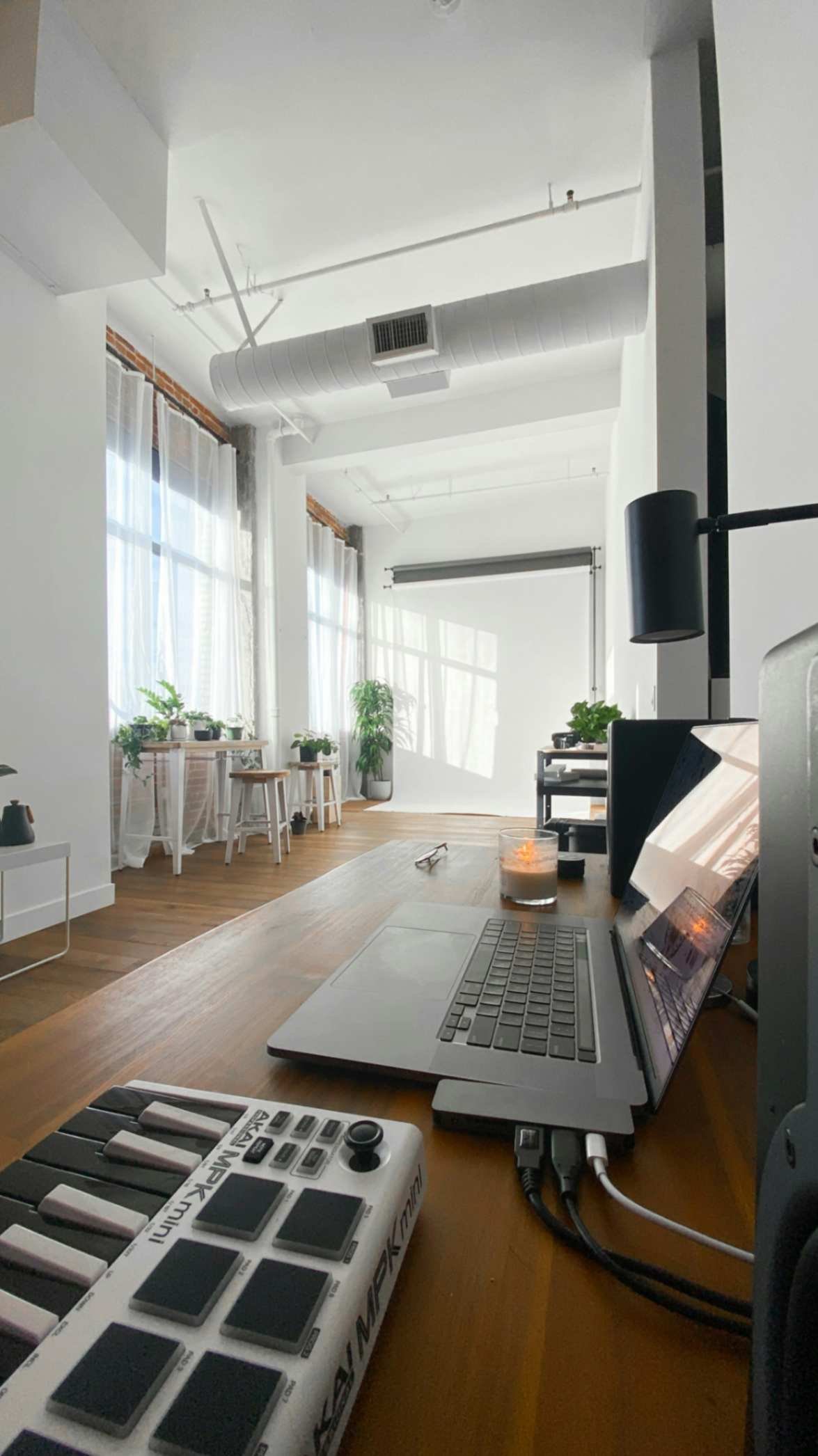Here's the Art and Science of Lighting Design
The Art and Science of Lighting Design: Transforming Spaces with Light
Lighting design is a crucial yet often overlooked element in creating functional and aesthetically pleasing spaces. It shapes the mood, highlights key features, and enhances the overall experience within a home or commercial setting. Whether you’re redesigning a single room or planning a complete renovation, understanding the principles of lighting design can help you illuminate your space effectively and beautifully.
Understand the Layers of Lighting
Effective lighting design involves three main layers:
Ambient Lighting: This is the foundational layer that provides overall illumination to a space. It ensures the room is evenly lit and comfortable to navigate. Examples include ceiling-mounted fixtures, recessed lighting, and chandeliers.
Task Lighting: This layer focuses on specific activities such as reading, cooking, or working. Task lighting should be bright enough to reduce eye strain and is typically localized. Examples include desk lamps, under-cabinet lights, and pendant lights over kitchen counters.
Accent Lighting: Accent lighting highlights architectural features, artwork, or decorative elements. It adds depth and visual interest to a space. Examples include wall sconces, track lighting, and LED strips.
Choose the Right Bulbs
The type of bulb you select impacts the quality and mood of your lighting. Consider these factors:
Color Temperature: Measured in Kelvin (K), color temperature determines whether the light appears warm or cool. Warm light (2700K-3000K) creates a cozy atmosphere, while cool light (4000K-5000K) is better suited for task-oriented areas like kitchens or offices.
Lumens: Lumens measure brightness. Higher lumens mean brighter light. For general lighting, aim for 800-1200 lumens per fixture, while task lighting may require higher output.
Energy Efficiency: LED bulbs are the most energy-efficient option, consuming less power and lasting longer than incandescent or fluorescent bulbs.
Adapt Lighting to Each Room
Each room in your home serves a different purpose, and the lighting should reflect that. Here are some tips:
Living Room: Combine ambient lighting with accent lighting to create a warm and inviting atmosphere. Use dimmers to adjust brightness levels based on the occasion.
Kitchen: Layer ambient lighting with bright task lighting for work areas like countertops and sinks. Under-cabinet lighting is particularly effective in this space.
Bedroom: Opt for soft, warm lighting to create a relaxing environment. Include bedside lamps or wall-mounted sconces for reading.
Bathroom: Bright, even lighting is essential for grooming tasks. Use vanity lights on either side of the mirror to eliminate shadows.
Outdoor Spaces: Highlight pathways, entryways, and landscaping with a combination of floodlights, string lights, and solar-powered fixtures.
Incorporate Smart Lighting
Smart lighting systems allow you to control brightness, color, and scheduling from your smartphone or voice-activated devices. Features like motion sensors and timers can also enhance energy efficiency and convenience.
Use Lighting to Create Mood and Drama
The interplay of light and shadow can dramatically transform a space. Use dimmers, color-changing bulbs, or decorative fixtures to evoke different moods. For example, soft, diffused lighting creates a tranquil setting, while bold, focused beams add drama and excitement.
Don’t Forget Natural Light
Maximize natural light by keeping windows unobstructed and using light-colored or reflective surfaces to bounce sunlight around the room. Skylights, mirrors, and sheer curtains can also enhance the effect of daylight.
Hire a Lighting Designer
If you’re tackling a large-scale project or want a truly customized look, consider consulting a professional lighting designer. They can provide expert guidance on fixture placement, energy efficiency, and achieving the desired ambiance.
Final Thoughts
Lighting design is both an art and a science, requiring a balance of functionality and creativity. By layering light, choosing the right fixtures, and tailoring the design to each space, you can transform your home into a beautifully lit sanctuary. Whether you’re going for cozy and intimate or bright and energizing, thoughtful lighting design makes all the difference.
Needing help with rewiring or installation? Call us today using the link below.




